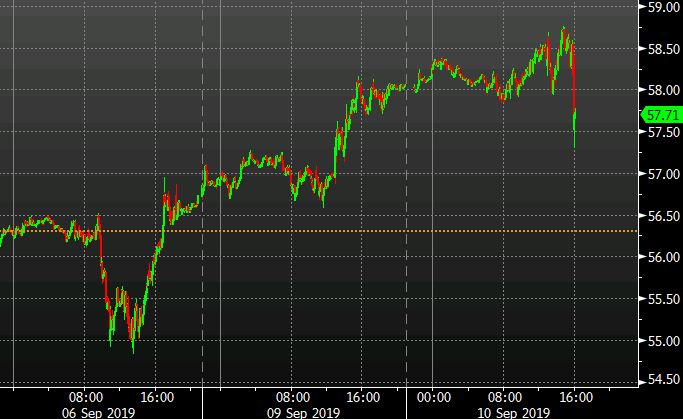Can the low volatility continue?
MUFG Research discusses USD/JPY outlook and targets the pair at 107, 106, 105, 104 in Q1, Q2, Q3, and Q4 respectively.
“The intra-day high-to-low trading range for USD/JPY in 2019 was 7.6% – that’s the narrowest trading range since 1976 according to Bloomberg data. Taking the last three years the trading range has been just 13.5% underlining the remarkable stability of USD/JPY. 3mth ATM implied volatility fell to 4.99% in December, a record low underlining the conditions conducive to carry. These conditions helped keep the yen weak but failed to trigger any notable sell-off of the yen,” MUFG notes.
“In our view that is a reflection of underlying positives for the yen that will contribute to yen strength this year, even if financial market conditions remain relatively benign…We see limited upside for USD/JPY from current levels. The factors above will act to limit yen weakness. We do not assume any major risk-off event this year but the assassination of Qassem Soleimani in Baghdad on 3rd January is a clear near-term upside risk for the yen that has emerged as 2020 commences,” MUFG adds.



